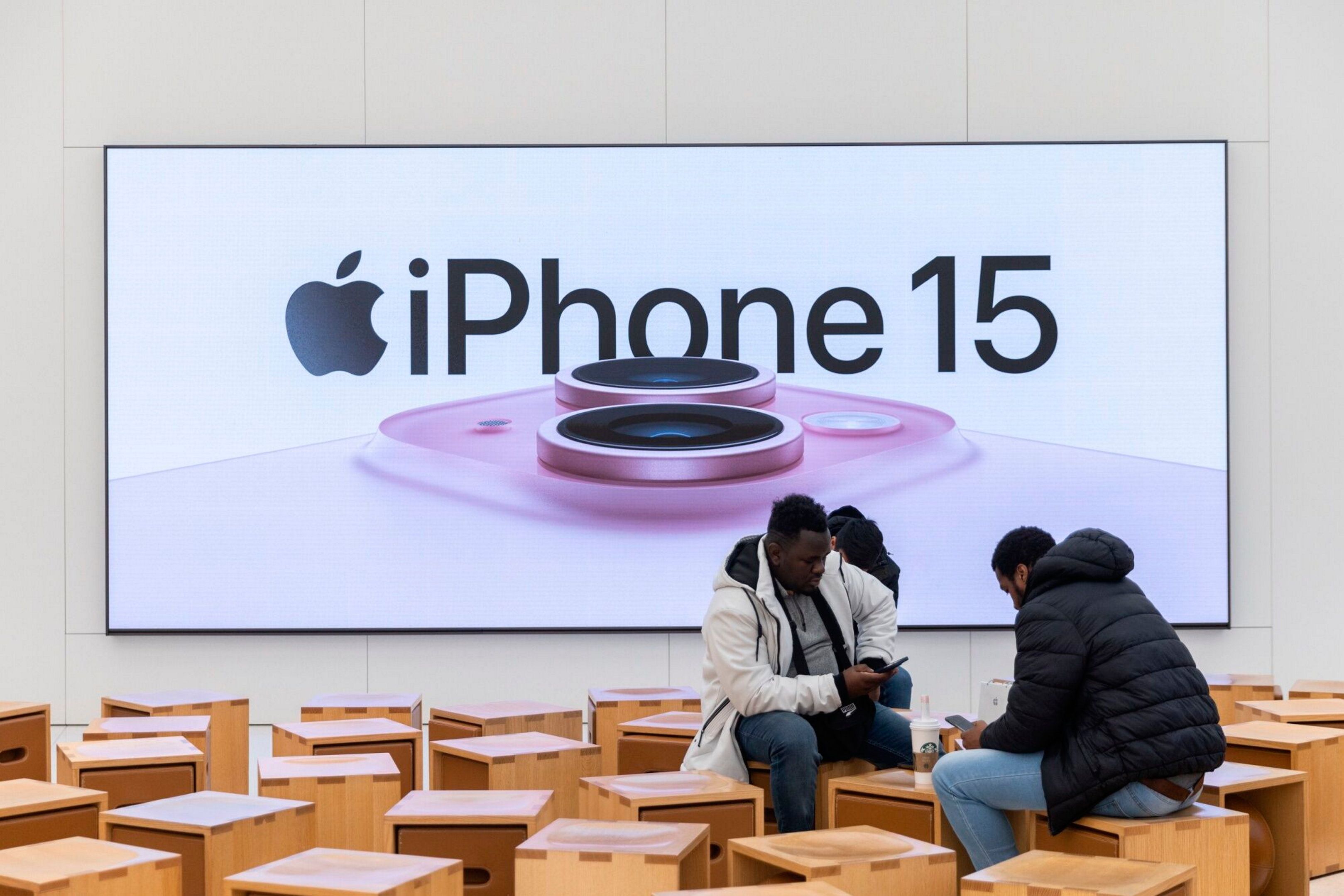
The Transformation of Apple: Navigating the Challenges of a Leading Stock in the Global Market
Are we witnessing a major challenge to the world’s top stock, Apple? Over the years, Apple has managed to captivate the global market with its groundbreaking innovations and seamless user experience. However, no company is immune to the evolving landscape of the stock market and technological advancements. In this article, we explore the rise and fall of Apple, the challenges it faces, and how it continues to adapt in the ever-changing market.
Key Takeaways:
The Rise of Apple: A Technological Revolution
In the late 1990s, Apple was on the brink of bankruptcy. However, the return of Steve Jobs as CEO in 1997 marked the beginning of Apple’s transformation from a struggling brand to an innovative powerhouse. Under Jobs’ visionary leadership, Apple introduced game-changing products such as the iPod, iPhone, and iPad, transforming the way we consume media and communicate.
Apple’s holistic approach, seamlessly integrating hardware, software, and services, created a cohesive ecosystem that became the envy of the tech industry. The uncompromising focus on design, user experience, and simplicity resonated with millions of consumers worldwide, propelling Apple to the top of the stock market.
The Fall: Navigating Periods of Decline
Despite its phenomenal success, Apple has experienced moments of decline along the way. The passing of Steve Jobs in 2011 left many questioning the company’s ability to sustain its innovative momentum. Additionally, the intense competition from other technology giants and the inevitable saturation of the smartphone market had an impact on Apple’s growth.
Moreover, social and geopolitical factors have also affected Apple’s performance. The trade tensions between the United States and China, a crucial market for Apple, and concerns over privacy and data security have presented significant challenges that the company had to navigate.
The Challenges Ahead: Emerging Competitors
One of the ongoing challenges for Apple is the emergence of formidable competitors in the tech arena. Companies like Samsung, Google, and Huawei have introduced their own range of smartphones and tablets, directly competing with Apple. With fierce competition comes the need for constant innovation and differentiation. Apple must continue to deliver products that surpass customer expectations and align with shifting trends and consumer preferences.
The rise of Chinese smartphone manufacturers, such as Huawei and Xiaomi, poses a threat to Apple’s dominance in the global market. These manufacturers offer feature-rich devices at more affordable prices, catering to a wider consumer demographic. To counteract this, Apple has focused on expanding its presence in emerging markets, such as India, where brand loyalty and market share are still up for grabs.
Changing Consumer Preferences and Market Saturation
As consumer preferences continue to evolve, Apple faces the challenge of remaining at the forefront of innovation. In recent years, there has been a shift towards services and subscriptions, complete with the rise of streaming platforms, cloud storage, and app-based ecosystems. This shift has compelled Apple to rethink its business strategies and emphasize software and services as complementary components to its hardware offerings.
Market saturation also presents a hurdle for Apple. With smartphones becoming a common household item, the high adoption rates plateau, making it increasingly challenging for Apple to rely solely on iPhone sales for growth. Recognizing this, Apple has diversified its product line to include wearables, home products, and services that offer recurring revenue streams.
Adapting to Technological Advances
In the fast-paced world of technology, companies need to adapt quickly to stay ahead. Apple has historically demonstrated an ability to leapfrog competitors by introducing groundbreaking technology. However, with each iteration, the challenge becomes greater. Concepts like artificial intelligence, augmented reality, and autonomous vehicles are emerging trends that Apple must navigate to remain relevant. By investing heavily in research and development, Apple aims to maintain its position at the forefront of technological advancements.
Conclusion
The rise and fall of Apple is a testament to the cyclical nature of the stock market and the ever-changing tastes of consumers. Apple has faced its fair share of challenges but has managed to adapt and innovate time and time again. By diversifying its product offerings, venturing into new markets, and anticipating technological trends, Apple continues to secure its position as a leading stock. As they navigate the challenges ahead, it’s evident that Apple’s commitment to excellence and consumer-centric approach will serve as guiding lights in an increasingly competitive market.
Key Takeaways:
Frequently Asked Questions
Disclaimer:
The information in this article is not financial advice. It is intended for informational purposes only and should not be interpreted as an endorsement, recommendation, or suggestion to engage in any specific investment or stock trading strategy. It is important to conduct thorough research and seek professional advice before making any investment decisions.
Source: insidertechno.com